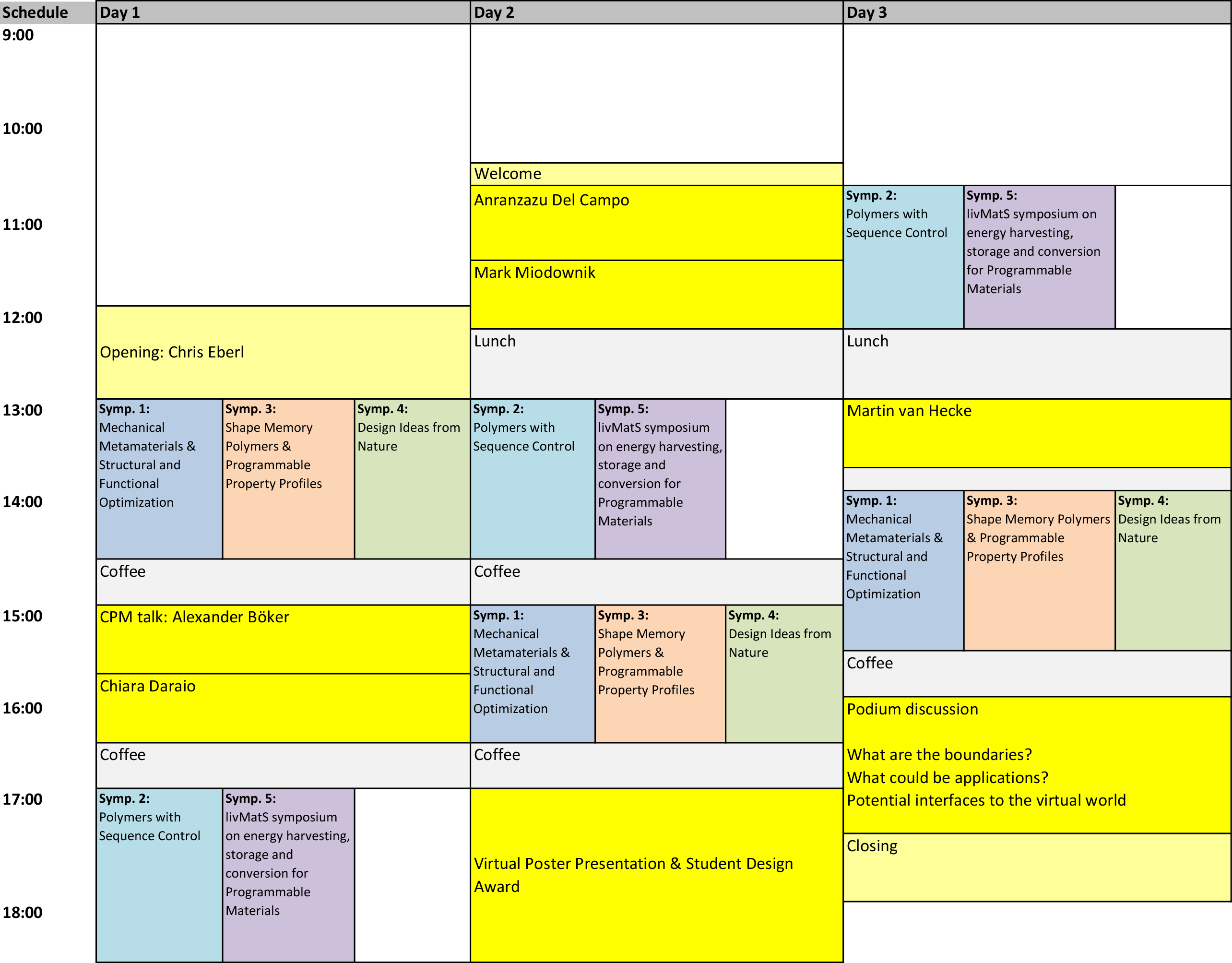Symposia
Organizer:
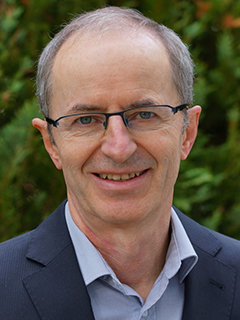
Heiko Andrä
Fraunhofer ITWM, Kaiserslautern, Germany
Mail: heiko.andrae@itwm.fraunhofer.de
Abstract:
Elastodynamic metamaterials have unusual mechanical properties mainly due to their internal structure, which is often composed of an array of unit cells. Thus, although they are built on the same principle as biological structures, they are less robust and cannot adapt to changing environmental conditions. New manufacturing techniques combined with new multiscale structure optimization methods make it possible to develop and manufacture mechanical metamaterials with variable, locally optimized unit cells. Such metamaterials can change or adapt their mechanical properties reversibly upon a change of an external field according to a prescribed program, similar to biological structures.
Furthermore, with the rapid development of additive manufacturing technologies (3D printing) it is possible and also necessary to optimize the outer shape simultaneously with the local inner structure of the material in the design process.
In many applications the variation and the switching of the mechanical properties by an external trigger (e.g. external mechanical load, temperature change, electro-magnetic field) are desirable. Such problems occur, for example, in the following cases
• Programmable elastic stiffness, viscoelastic damping, or coefficient of thermal expansion
• Programmable shape changing
• Bionic functional structures, e.g. mechanical sensors
• Microstructures produced by 3D printing of polymers or metals
Our symposium focuses on methods (algorithms, theoretical background, extensions in the fields of mechanics) for the design and optimization of mechanical metamaterials and programmable materials that go beyond pure lightweight structures. The purpose of the symposium is to promote the discussion between researchers working on the methods itself and researchers or practitioners applying such methods for new applications.
Invited talks (confirmed):
Stefan Szyniszewski |
Durham University, UK |
MetaMaterial Genome – UK MetaMaterials Network |
Minh-Son Pham |
Imperial College London, UK |
Programming the strength and spatial deformation of architected materials |
Franziska Wenz & William Kaal |
Fraunhofer CPM, Germany |
Using micromechanical mechanisms to program deformation and damping behavior in metamaterials |
Steffen Freitag |
Ruhr University Bochum, Germany |
Structural Optimization under Polymorphic Unvertainty |
Lorenzo Valdevit |
University of California, Irvine, US |
Nanoarchitected Metal/Ceramic Interpenetrating Phase Composites |
Xin Fang |
National University of Defense Technology, China |
Programmable gear-based mechanical metamaterials |
Alexander Leichner |
Fraunhofer CPM, Germany |
Optimal Design of Shape Changing Programmable Metamaterials using Data-Driven Surrogate Models |
Matthew Begley |
University of California, Santa Barbara, US |
tbd |
Martin Doškář |
Czech Technical University in Prague |
Modular architectured materials and structures |
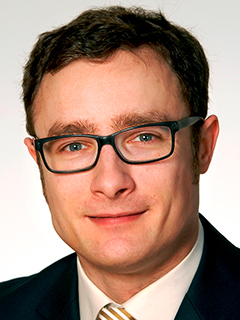
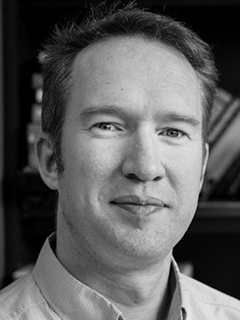
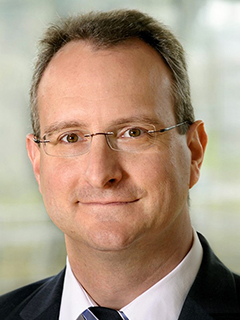
Stefan Reinicke,
Fraunhofer IAP, Potsdam, Germany
Mail: stefan.reinicke@iap.fraunhofer.de
Filip Du Prez,
Ghent University, Belgium
Mail: filip.duprez@ugent.be
Alexander Böker,
Fraunhofer IAP, Potsdam, Germany
Abstract:
The attempt to realize emerging applications such as sophisticated data storage approaches, adaptive systems/materials or compartmentalized materials for next level catalysis will only be possible when having access to materials showing an enhanced level of functionality. Synthetic protocols to program desired features into polymeric materials thus become increasingly important. Classic synthesis protocols are limited with respect to both precision and complexity of structure on the molecular level. Precision and complexity, however, are the prerequisites for materials being capable of storing encoded information or forming sophisticated superstructures via self-organization. In recent years, however, quite some progress has been made to overcome these limitations. The symposium “Polymers with sequence control” will focus on synthetic principles and protocols for polymers with exact sequence control starting from blocks down to the monomeric unit (synthetic analogues to proteins and DNA). Analytic tools for the structural characterization of these polymers will be addressed such as nanopore sequencing and application scenarios such as encoding polymers will be covered, as well as structures showing complex but defined (multi step) self-assembly patterns in spatial and/or temporal dimensions. This will also include dynamic, non equilibrium systems.
The Symposium aims at bringing together people from an international research community to present and discuss the latest trends in the field of programmable synthesis including current challenges and future perspectives. It intends to provide inspiration towards so far not realized, bio-inspired applications for synthetic polymeric materials.
Invited talks (confirmed):
André Göschel |
University of Münster, Germany |
Micelles with triply periodic minimal surfaces |
Patrick Theato |
KIT, Karlsruhe, Germany |
Post-Polymerization Strategies for Precise Polymer Synthesis |
Laura Hartmann |
University of Düsseldorf |
Just a spoonful of sugars: precision glycomacromolecules to battle infections |
Remci Bezer |
University of Warwick, UK |
Glycopolymer Engineering for Cell Specific Nucleic Acid Delivery |
Michael Meier |
KIT, Karlsruhe, Germany |
Unique sequence defined macromolecules: From synthesis and characterization to potential uses |
Caroline Ross |
MIT, Cambridge, USA |
Programmable Self-assembly through the Molecular Architecture of Block Copolymers |
Chris Alabi |
Cornell University, Ithaka, USA |
Scalable and programmable sequence-defined oligocarbamates |
Nezha Badi |
Ghent University, Belgium |
Synthesis and application of discrete synthetic macromolecules |
| Masami Kamigaito | Nagoya University, Japan | Sequence-controlled vinyl polymers by iterative single unit monomer additions and controlled polymerizations |
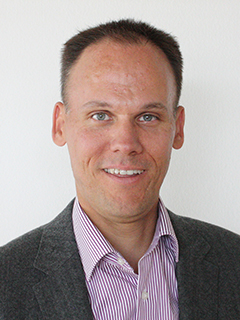
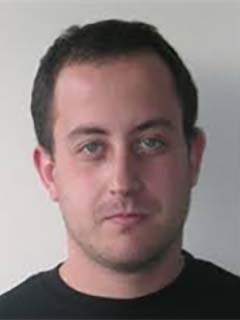
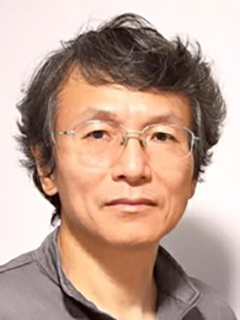
Thorsten Pretsch,
Fraunhofer IAP, Potsdam, Germany
Mail: thorsten.pretsch@iap.fraunhofer.de
Jean-Marie Raquez,
University of Mons, Belgium
Wei Min Huang,
Nanyang Technological University, Singapore
Abstract:
The vision of programmable materials is to integrate an “on-demand” function directly into a material. This would allow programmable materials to adapt to any changing environmental conditions in a predetermined manner. Shape memory polymers belong to this emerging class as programmable materials. According to the traditional one-way programming approach, a shape memory polymer is thermomechanically treated to temporarily fix an imposed shape and allow shape recovery after the application of an external stimulus such as heat. The recent approach of programmable materials goes a step further by focusing on programming two-way effects into the same shape memory polymers. This allows realizing thermoreversible actuation, without the need to reprogram a material after a single switching event. These programmed shape memory polymers have a “built-in” IF/THEN/ELSE switching function, i.e. only IF a specific stimulus suitable for initiating a switching process is applied, THEN a change in shape takes place, otherwise (ELSE) no shape change occurs. The advantageous material behavior can be repeatedly detected by simply changing environmental conditions such as heating or cooling without any additional external control. Manufacturing methods, so called 4D-printing, are being employed to produce polymers with shape memory effect. This has enabled significant developments to be made which can help to promote the use of these materials in new applications.
Our symposium focuses on recent progress in the synthesis, processing and additive manufacturing of shape memory polymers and the development of programming routes for one-way and in particular for two-way shape memory effects. The latter are a basic prerequisite for giving components new programmable property profiles that can add significant value in a wide range of applications. The symposium provides an interdisciplinary platform for researchers, practitioners and educators to present and discuss the most recent innovations, trends, and concerns as well as practical challenges and solutions adopted in the field of shape memory polymers.
Invited talks (confirmed):
Julian Zhu |
University of Montreal, Canada |
Reversible Shape Memory Polymers Made by Enzymatic Polymerization |
Jinsong Leng |
Harbin Institute of Technology, China |
Shape Morphing Smart Composites: From Aerospace to 4D Pring in Biomedical Applications |
Tao Xie |
Zhejiang University, China |
Thermadept shape memory polymers |
Thorsten Pretsch |
Fraunhofer IAP, Potsdam, Germany |
Thermoresponsive programmable materials |
Wei Min Huang |
NJanyang Technological University, Singapore |
Rapid additive manufacturing anywhere, anytime |
Jean-Marie Raquez |
University of Mons, Belgium |
Towards multi-responsive and multifunctional shape-memory polymers using advanced techniques |
Melanie Ecker |
University of North Texas, USA |
Smart polymers for biomedical applications |
Ke-Ke Yang |
Sichuan University, China |
Design of High Security Anticounterfeit Materials from Shape Memory Polymers with Different Patterning Strategies |
Leonid Ionov |
University of Bayreuth, Germany |
4D (bio)fabrication by shape-morphing polymers |
Organizers:

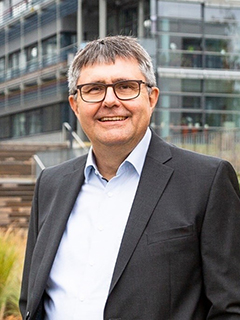
Alexander Böker
Fraunhofer IAP, Potsdam, Germany
Mail: alexander.boeker@iap.fraunhofer.de
Peter Fratzl
Max Planck Institute of Colloids and Interfaces, Potsdam, Germany
Abstract:
The future of massively digital industrial applications will require materials that are no longer passive components of active devices, but become themselves operational as carriers of information. Indeed, information stored in smart materials that are responsive and even adaptive does not need to be centrally processed which is both time and energy consuming. This is analogous to natural systems where every activity is distributed over many length scales, from molecule to tissue, organ and the whole organism, and where information is processed both in the periphery and centrally in the brain. This, however, requires materials that can be prepared so that they react in a predefined way to a stimulus from the environment, so that tasks can be subdivided a hierarchical way into repetitive operations that are directly carried out by programmable materials and a coordinating function that is typically provided by digital control. Since natural systems have perfected this way of functioning through millions of years of evolution, they can provide conceptual visions for the development of programmable materials suitable to be employed in this manner.
The symposium will focus on various examples from nature, including the design principles and detailed understanding of their programmed functions as well as the mimicking of these natural functions by purely synthetic materials. We aim at bringing together people from an international research community to present and discuss the latest trends in the field of programmed materials from nature.
Invited talks (confirmed):
Christiane Sauer |
Weißensee School of Art and Design, Berlin, Germany |
Scaling Nature – textile potentials for designing material activity |
Arri Priimägi |
Tampere University, Finland |
On actuators that “learn” |
Stefano Zapperi |
University of Milano, Italy |
Automatic design of disordered metamaterial actuators |
Hans Börner |
Humboldt University Berlin, Germany |
Adhesive by Nature: From artifact mussel glue proteins toward mussel glue polymers based on commodity monomers |
A.R. Studart |
ETH Zurich, Switzerland |
3D Printing of Living Materials |
Achim Menges |
University of Stuttgart, Germany |
Material Programming in Architecture |
Richard Weinkamer |
Max Planck Institute of Colloids and Interfaces, Potsdam, Germany |
Structural Adaptation of Stiff Materials – Inspiration from Bone |
Ruben R. Rosencrantz |
Fraunhofer IAP, Germany |
Biofunctional Polymers - From Nanoscale to Kilogram |
Joachim Storsberg |
Fraunhofer IAP, Germany |
Tailored Biomimetic Implantat Surfaces for Improved Specific Tissue-Biomaterial Interaction |
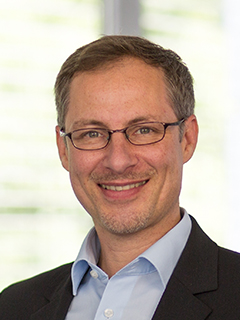
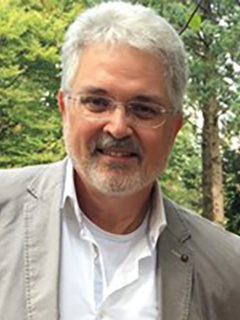
Chris Eberl
Fraunhofer IWM, Freiburg, Germany
Mail: chris.eberl@iwm.fraunhofer.de
Thomas Speck
University of Freiburg, Germany
Abstract:
livMatS develops life-like materials systems inspired by nature. The systems will adapt autonomously to their environment, harvest clean energy from it, and be insensitive to damage or recover from it. The key goal of livMatS is to make the transition from equilibrium or "deeply frozen" metastable, and thus static, materials to dynamic, life-like, non-equilibrium materials systems. The cluster has identified key principles to make this decisive advance towards materials systems. In the livMatS context, energy has to be harvested from the immediate environment. To convert and store the required energy, energy harvesting functionalities must be an integral part of the materials systems to provide true autonomy. Internal control over energy distribution, and active adaption to external signals will require the installation of chemical, structural, and microsystem-based regulatory networks, which will allow for self-regulating properties and generate adaptability.
In this symposium, we aim to invite contributions on how to harvest energy from the environment, e.g. from photonic, chemical or mechanical energy. Furthermore, the harvested energy needs to be converted so that the energy can be stored, e.g. in from of electrical, chemical or mechanical energy, as well as offered to the rest of the materials system to fulfill functions, e.g. to adapt to the environment or recover from damage.
Invited talks (confirmed):
Wilfried Weber |
University of Freiburg, Germany |
tbd |
Fabian Meder |
University of Freiburg, Germany |
Multisource energy conversion using living plants and soft materials |
Larissa von Krbek |
University of Bonn, Germany |
Guest recognition in dynamic libraries and spin-crossover cages |
Barbara Mazzolai |
Istituto Italiano di Tecnologia (IIT), Pisa, Italy |
tbd |
Dennis M. Kochmann |
ETH Zürich, Switzerland |
Inverse Design of Metamaterials |
Naeim Ghavidelnia |
Uni Freiburg, Germany |
tbd |
Peter Woias |
Uni Freiburg, Germany |
tbd |
Taisiia Berestok |
Uni Freiburg, Germany |
Development of Photorechargeable Energy Storage devices |

